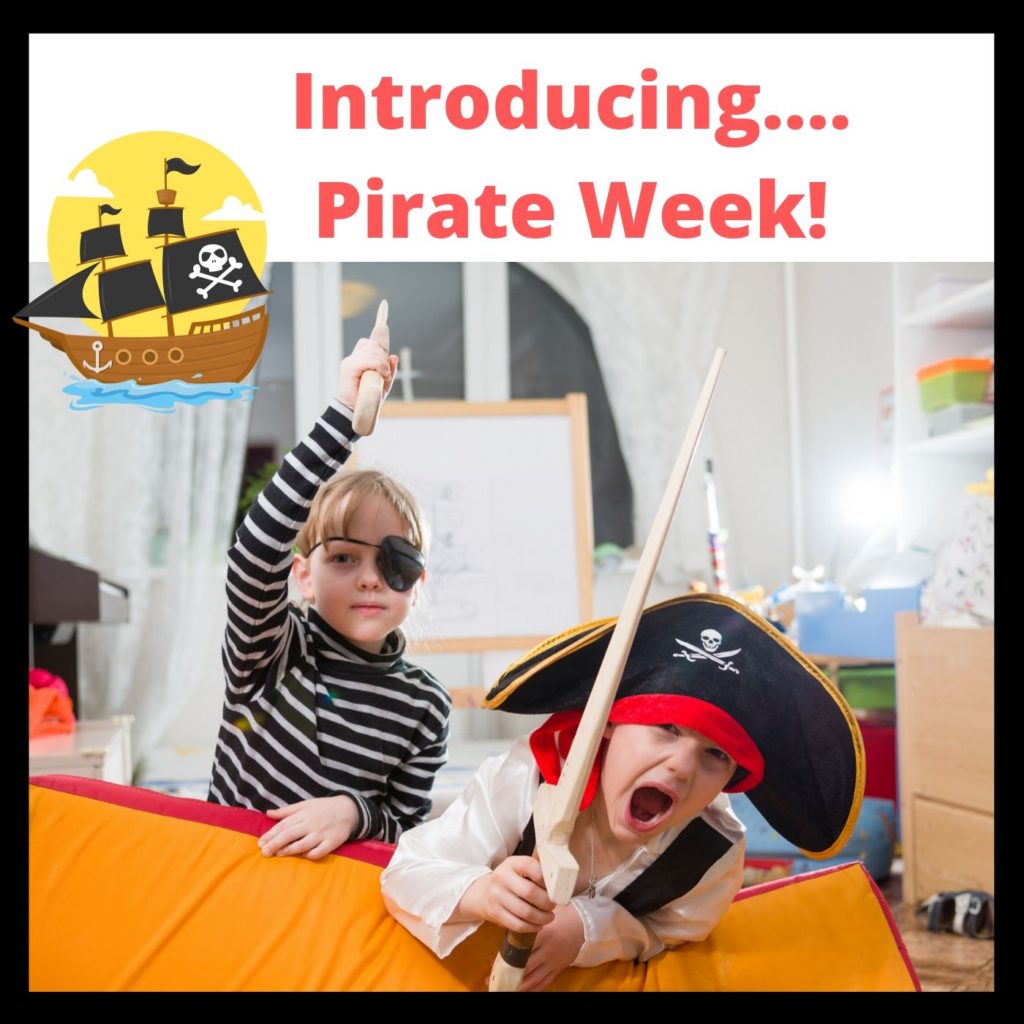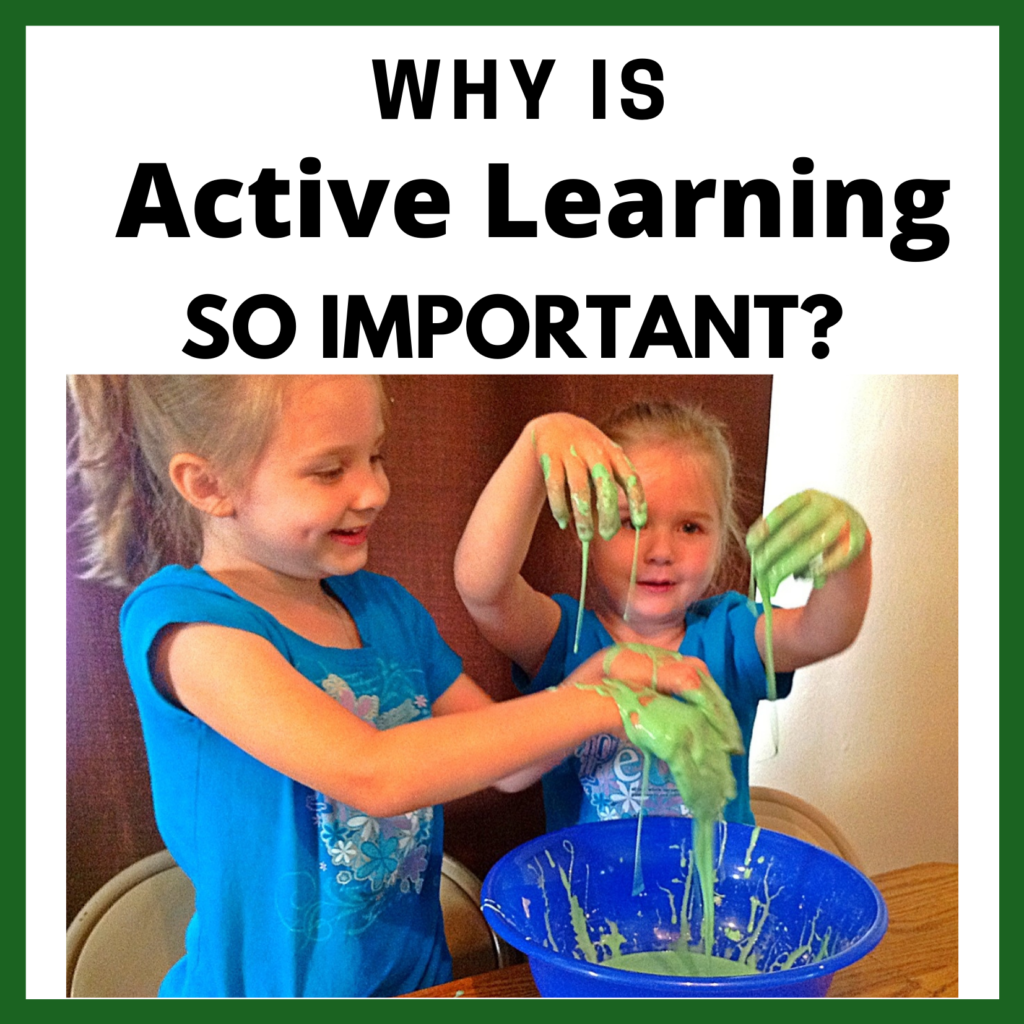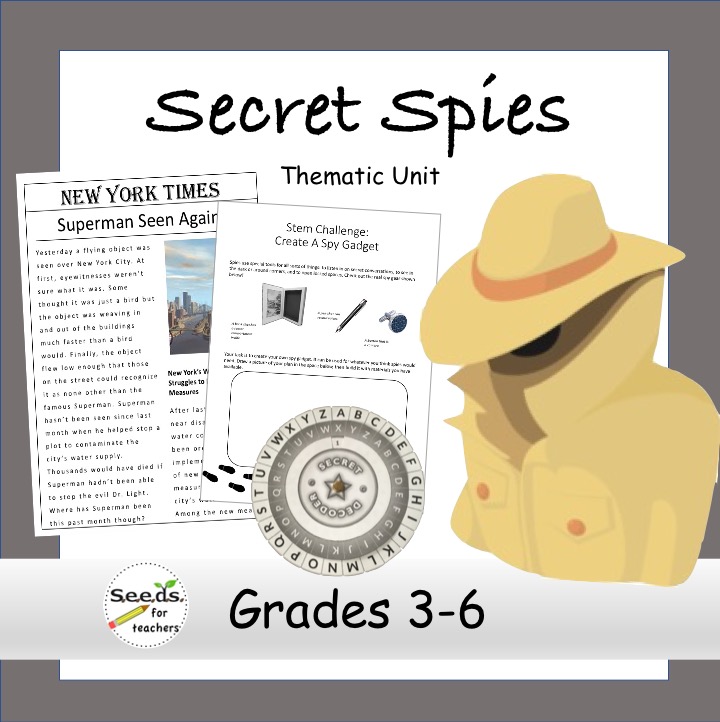Spies and secret agents have always fascinated me! (CIA I’m still open to being recruited if you’re reading this). I once visited the National Spy Museum in Washington D.C. and it was so cool. If you ever have a chance, definitely don’t miss out on going there.
Because I know I’m not the only one who is fascinated by the world of secret missions and codes, I knew my students would love spending the week learning about this topic too. I’ve described some of what we did below, you can get all the lesson plans and templates in my Secret Agent Unit.
Secret Agent/Spy Related Books:
We started the week off reading a few books. I also set out some books for students to reference on their own throughout the week.

Your Grandparents are Spies by Anson Montgomery
You will visit the zip-line park and cruise through the canopy, chase after a runaway thief, and fly in a rocket ship into space!
Spy School by Stuart Gibbs. This is a fictional spy series about a boy named Ben who finds out his school is a secret CIA training academy. But Ben is actually there by mistake.
The Genius Files by Dan Gutman. This series is popular with a wide variety of age groups. It’s about a pair of siblings who, without knowing, have been attending a school for a secret government program. The siblings get chased all around the country.
How To Be An International Spy: Your Training Manual, Should You Choose To Accept It by Lonely Planet Kids
This book is recommended for ages 9-12. It has a lot of factual information about spy gear and real secret agents and their important work throughout history. It is a fairly long book so you might want to just choose certain sections to read.
The Real Spy’s Guide to Becoming a Spy by Peter Earnest and Suzanne Harper. This book was written by a former CIA agent and founder of the International Spy Museum.
Invisible Ink
There are several different ways to make invisible ink. Here are three that you can test out.
Lemon Juice
1. Use a q-tip and rub it on the inside of a lemon. (Using a real lemon has more likelihood of the invisible ink reacting to the heat. Using lemon juice in a bottle doesn’t always work depending on the brand but you could test it out too if you want!)
2. Now, write a few words on a piece of white paper using the q-tip. Rub the q-tip on the lemon again every time you write a letter.
3. Let the writing dry, then hold it over a candle. Don’t hold it too close because the paper will burn. While you are holding it over the flame it may seem like nothing is happening but when you remove the paper and look at it closely, you should be able to start making out the letters on the paper. The letters will be a faint yellow or brown color.
Baking Soda and Juice
1. Mix baking soda with a small amount of water so that it becomes a paste.
2. Dip your q-tip into the baking soda and use it to write a few words on a piece of white paper.
3. Let the baking soda dry.
4. Now, take another q-tip and dip it into a dark color of juice (or watercolor paint). Gently rub the q-tip over the entire area where you wrote with the baking soda. The letters written in the baking soda will become a purple, grey or blue color and stand out from the rest of the paper.
Laundry Detergent
1. Dip a q-tip into clear laundry detergent. Avoid the colored detergent if you really want your writing to appear invisible in normal light.
2. Write a few words using the q-tip on a piece of paper.
3. Turn off all the lights and shine a blacklight onto the paper. You should be able to see the words.
Cipher Wheel
We used this homemade cipher wheel to leave secret messages all over class. Students just need to know how to line up the wheels.

Secret Disguises

Secret agents disguise themselves in a lot of different ways:
-They can change their hair color or length.
-Wear color contacts to change their eye color.
-Grow a beard
-They can put on glasses
-Draw a fake tattoo on themselves.
I started by taking a picture of each student and printed it out.
The next day they created a disguise for their picture. They cut out clothes from fabric, felt or construction paper. Some added colored yarn to change their hair. You can use black pipecleaners to create glasses. Add a hat or mustache.
They laid the pieces of their disguise directly on top of their picture and glued it.
Codes, Codes and More Codes!
We continued learning about a few more types of codes that a secret agent might use such as book ciphers, magazine notes and coded newspapers.
At the end of the week students put all their new knowledge together to complete a secret mission (Escape Room). They had so much fun!
Get all the details for this unit by clicking on the image below.
Other posts to check out:




